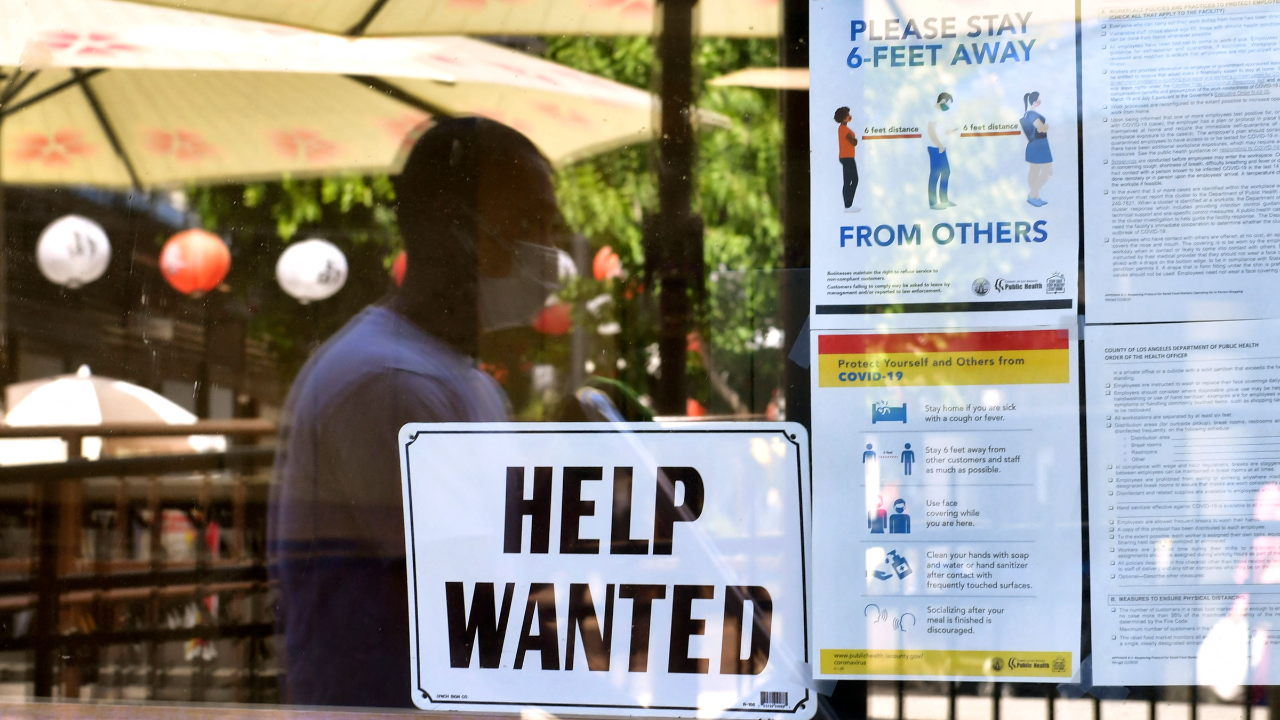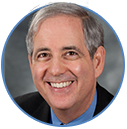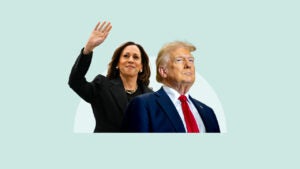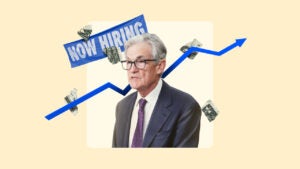Survey: Economists see unemployment holding above pre-pandemic levels a year from now

The U.S. job market is expected to keep improving over the next 12 months, but it won’t be as booming as it was before the coronavirus pandemic began, according to the nation’s top economists.
Experts polled for Bankrate’s Third-Quarter Economic Indicator survey see joblessness sinking to 4.23 percent a year from now. That compares with the 3.5 percent unemployment rate that prevailed before the pandemic, a 50-year low.
Meanwhile, economists forecast that U.S. employers will add an average of 340,000 new positions each month over the next 12 months. If that comes to fruition, it means the job market will add roughly 4.1 million new jobs over the course of the year, welcomed improvement after the coronavirus pandemic cratered 22.2 million positions.
“If those conditions materialize, along with further progress with vaccinations and the pandemic, many Americans should see some benefit to their own household bottom line with respect to their personal finances,” says Mark Hamrick, Bankrate senior economic analyst and Washington bureau chief.
At the same time, however, the labor market would still be nearly 1.3 million positions short from those pre-outbreak levels.
This article is the first in a four-part series analyzing findings from Bankrate’s Third-Quarter Economic Indicator poll. We asked experts where they see the job market, unemployment, the Federal Reserve, the 10-year Treasury yield and inflation heading over the next 12 months. We also polled experts on the balance of risks facing the U.S. economy and what’s currently keeping them up at night.
What’s holding the U.S. labor market back
Economists’ forecasts that the labor market will still bear pandemic-born scars 12 months from now seemingly contradicts firms’ growing complaints of labor shortages.
Job openings in July soared to a record 10.9 million and outnumber the 8.4 million unemployed Americans, according to data from the Department of Labor.
Yet, experts in Bankrate’s poll indicate that ongoing disruptions from the pandemic are to blame for the tepid rebound. The coronavirus pandemic wreaked havoc on the labor market, first for its large-scale shutdown of the gears of modern commerce that kept consumers hunkered down at home and nonessential businesses shuttered — and now for its disruptions to the worker supply, who have been kept on the sidelines largely thanks to child care concerns, virus fears and other COVID-related issues.
Experts also pointed to the Delta variant as chilling the recovery, with new virus cases keeping jittery consumers at home and restrictions holding back consumption, particularly among positions in the leisure and hospitality sector.
“Labor demand isn’t the problem, as there are more than 10 million open positions,” says Ryan Sweet, senior director at Moody’s Analytics, who sees the economy adding 405,000 new positions each month on average and the unemployment rate falling to 3.4 percent. “There is a labor supply issue, and we assumed the new school year would help boost the supply of labor. Though this will likely occur, it may take a little longer than we previously anticipated because of the Delta variant. Hurricane Ida may also weigh on job growth in September.”
Notably, every respondent in Bankrate’s poll sees the unemployment rate falling and the labor market growing, suggesting that continued improvement is in the cards. Yet, some experts expect a faster pace of improvement than others.
“The economy is moving to an era of so-called ‘stagflation,’ which features higher inflation, higher unemployment rate, lower GDP [gross domestic product] or no to minimal economic growth — all undesirable economic outcomes,” says Tenpao Lee, professor emeritus at Niagara University, who sees unemployment dropping slightly to 4.8 percent a year from now and the labor market adding a modest 100,000 new positions on average each month.
Findings from Bankrate’s poll weren’t far off from Federal Reserve officials’ expectations, who see unemployment falling to 4.8 percent at the end of 2021 and 3.8 percent by the end of 2022, according to their most recent projections.
What the experts think

There will continue to be improvement in the job market. The record number of job openings indicates persistently strong demand from businesses. Sectors such as leisure and hospitality continue to lag behind the broader market, an example of broader scale mismatches between the available job openings and the skills, desires, and locations of jobseekers.— Mike Fratantoni, chief economist, Mortgage Bankers Association

The determination of economic growth, and hence job growth, is dependent on the continued spread of the coronavirus and its variants and the percentage of the population that is vaccinated. At the same time, there is a major realignment of the job market as companies adjust to the pandemic — and the likely post-pandemic world — and job seekers reassess their career objectives.— Bernard Markstein, president and chief economist, Markstein Advisors

The delta variant has stalled the recovery that began to gain momentum in the spring and early summer. Child care is a large concern for many of those who were forced to leave the labor force when the pandemic first hit. Although in-person schooling resumed this year, many schools had to have closures due to kids getting sick. This uncertainty of the sustainability of in-person schooling is keeping more parents on the sidelines. Other child care options lack the staff needed to help parents get back to work.— Yelena Maleyev, economist, Grant Thornton

As more jobs are added and the unemployment rate drops, employers will face an increasingly competitive labor market. Whether or not the pandemic remains a big factor in work/location decisions, the competitive jobs market is likely to mean that workers will see more flexibility from employers looking to differentiate themselves in a competitive landscape in the year ahead.— Danielle Hale, chief economist, Realtor.com
Methodology
The Third-Quarter 2021 Bankrate Economic Indicator Survey of economists was conducted Sept. 20-28. Survey requests were emailed to economists nationwide, and responses were submitted voluntarily online. Responding were: Scott Anderson, executive vice president and chief economist, Bank of the West; Scott J. Brown, chief economist, Raymond James Financial; Ryan Sweet, director of real-time economics, Moody’s Analytics; Gregory Daco, chief U.S. economist, Oxford Economics; Mike Fratantoni, chief economist, Mortgage Bankers Association; Yelena Maleyev, associate economist, Grant Thornton LLP; Lynn Reaser, chief economist, Point Loma Nazarene University; Odeta Kushi, deputy chief economist, First American Financial Corp.; Robert Frick, corporate economist, Navy Federal Credit Union; Bill Dunkelberg, chief economist, National Federation of Independent Business; Mike Englund, chief economist, Action Economics; Gus Faucher, chief economist, PNC Financial Services Group; Bernard Markstein, president and chief economist of Markstein Advisors; Danielle Hale, chief economist, Realtor.com; Dan Manaenkov, head of national forecasting, University of Michigan; Lawrence Yun, chief economist, National Association of Realtors; Christopher Russo, postgraduate research fellow, Mercatus Center at George Mason University; and Tenpao Lee, professor emeritus, Niagara University.
Why we ask for feedback Your feedback helps us improve our content and services. It takes less than a minute to complete.
Your responses are anonymous and will only be used for improving our website.






